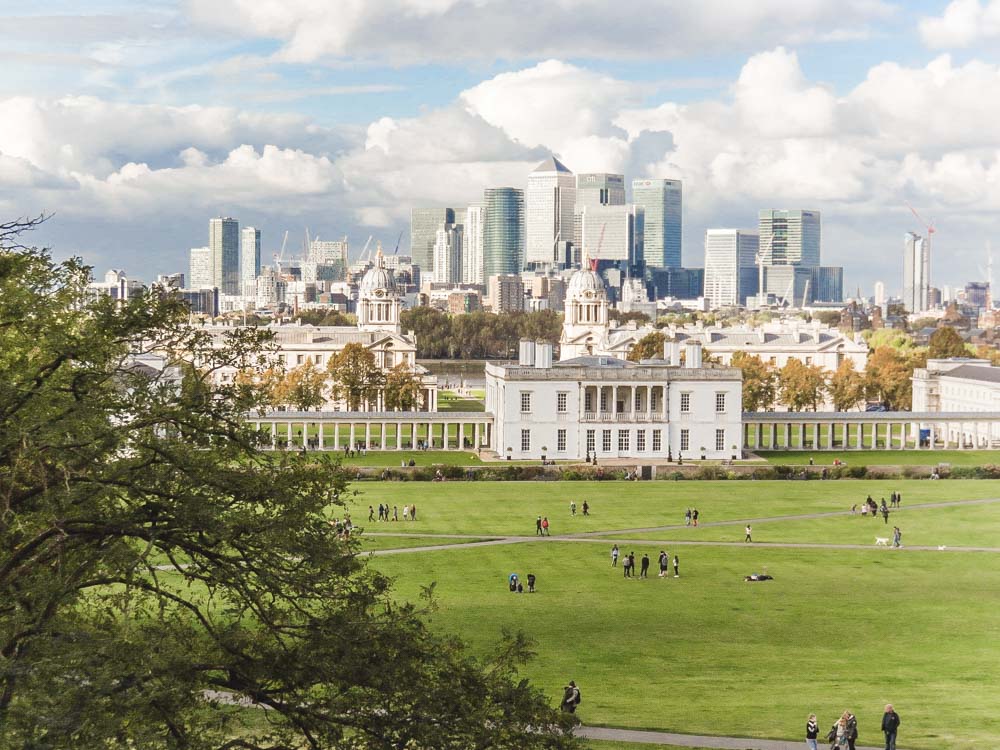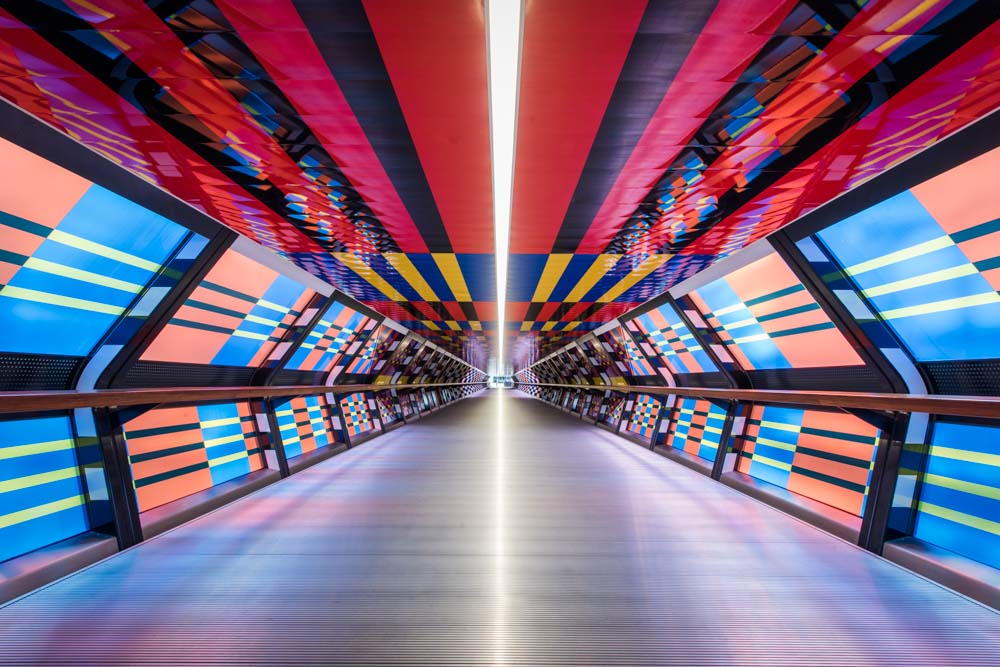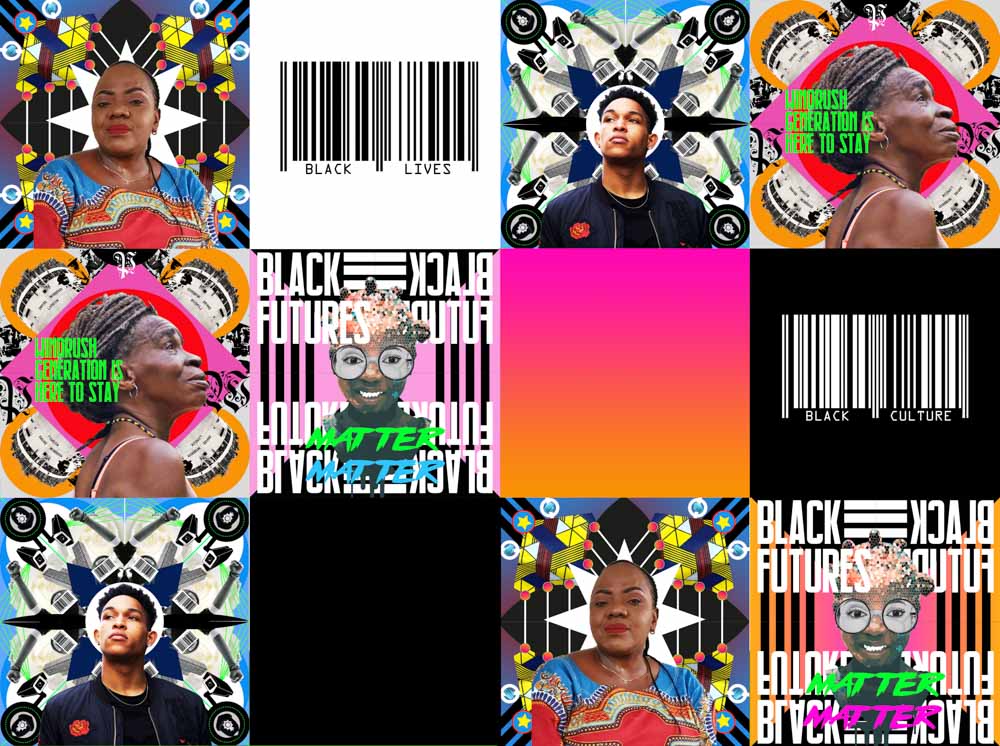Don’t ever tell us London is a concrete jungle again. London is actually a forest. Confused? Allow us to explain…
Forest: a large area of land covered with trees and plants, usually larger than a wood, or the trees and plants themselves. – The Cambridge Dictionary
Did you know that London is technically a forest? We’re not kidding here. And we were surprised as you are to find out. How can a city full of glass and concrete buildings and people, all those people, be a forest – an area of untamed natural beauty and trees, lots of trees.
Well, it turns out that the answer lies in those very trees and how many London has of them. Which is lots.
According to the figures, London has a population of 8.7 million and about 8.3 million trees – nearly one for every person. Spread that across the city’s 600 square miles and, according to the UN, you have a forest.
London is a Forest: Crunching the Numbers
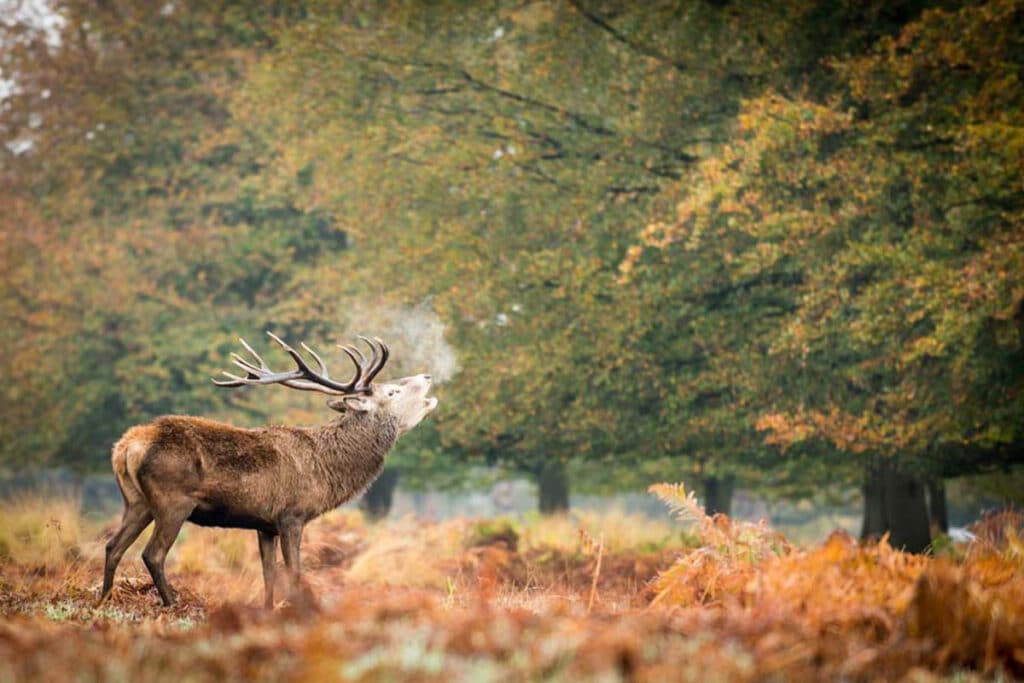
This fact is, in part, due to our parks. London has the most parks of any European city.
In total there are 35,000 acres of public parks, gardens and woodland in the capital, which means that about 40% of London is made up of green space – and that’s just the public areas.
Another factor that plays into London’s forest status is the Green Belt, London’s ring of green space that’s protected by the government in order to curb the sprawl of the urban jungle.
Now, most of the Green Belt is outside of London in the city’s neighbouring counties, but roughly 20% falls inside the city limits, greatly increasing the amount of space for trees and wildlife.
To illustrate just how green and forested London really is check out this fact: The second greenest city in Europe is Berlin and Berlin has 14% of green space to London’s 40%.
Another striking fact here is that London is actually the third leafiest region in the entire country. Yep, for real. It loses out only to Surrey and Exeter.
Notable London Trees
The Charlton House Mulberry
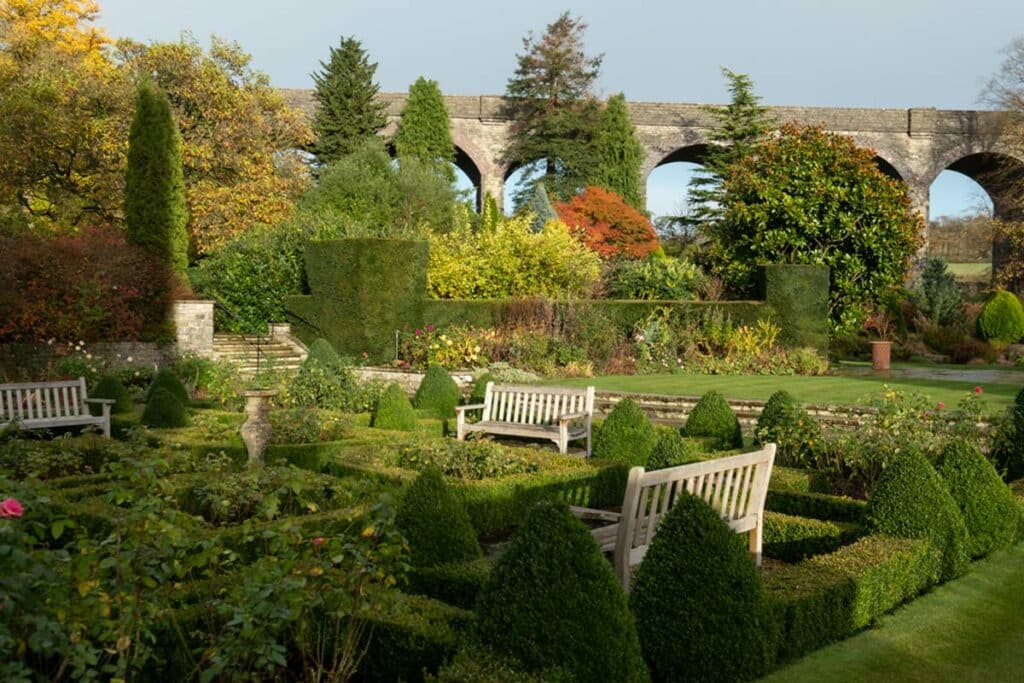
The beautiful Charlton House Mulberry was planted in the 1600s and is quite possibly (though not definitely) the oldest of its kind in the UK.
The Totteridge Yew
Totteridge
Clocking up an impressive 2000 years of age, The Totteridge Yew is London’s oldest tree. You can find it on the grounds of St. Andrew’s Church in Totteridge.
The Greenwich Park Shagbark Hickory
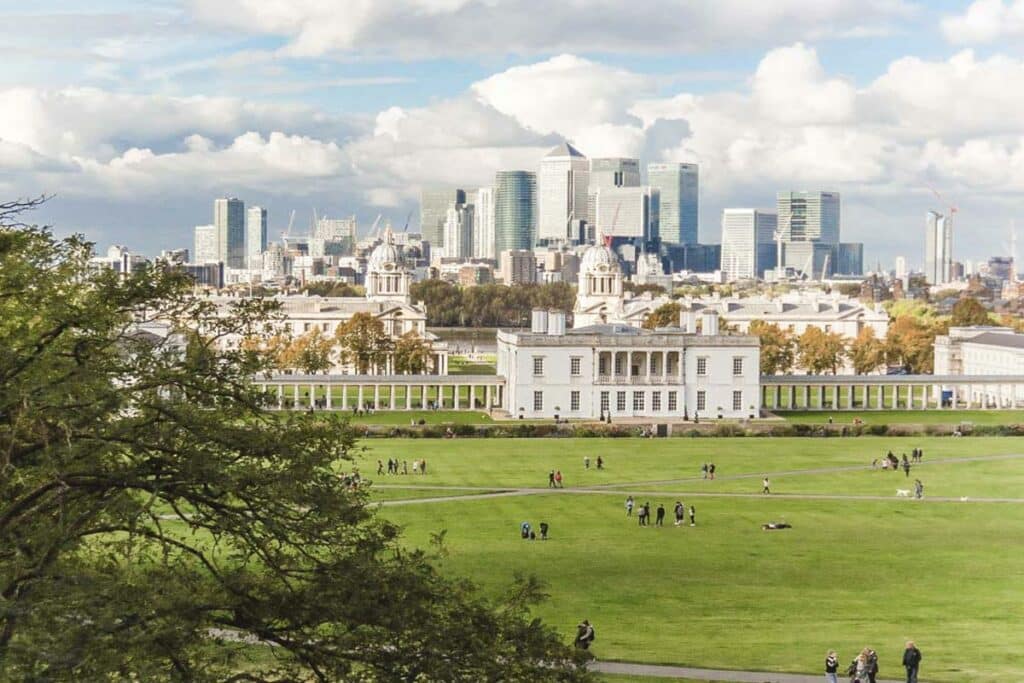
Apart from having the coolest name of all of London’s notable trees, this beauty is also the largest of its kind in the UK. It takes its name from the fact that its bark has a shaggy-kinda look, and was believed to be planted in 1890.
The Cheapside Plane
Racking up a whopping 250 years of existence, The Cheapside Plane is believed to be the oldest tree in the Square Mile. It may actually be older than that – but it’s hard to tell without chopping it down and counting the rings.
You can see the Cheapside Plane on Wood Street, poking its foliage over the top of the shops that line the street. You’ll notice that these shops are shorter than their neighbours. That’s because they’ve been restricted to protect the tree’s space.

